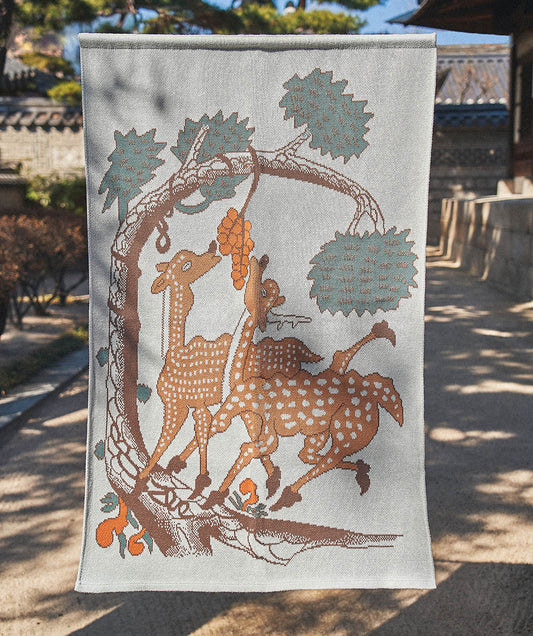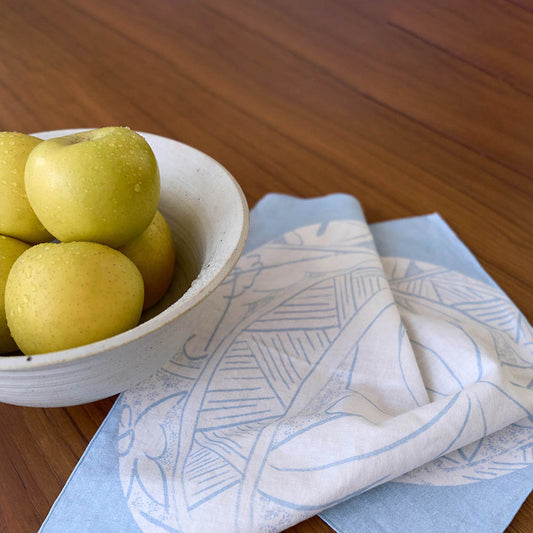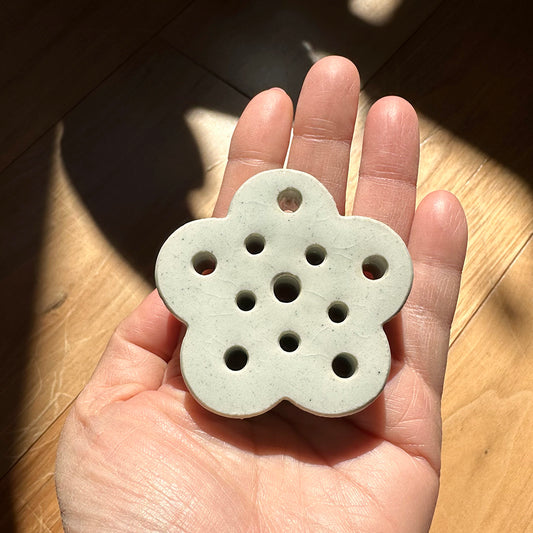
Meanings of Korean Traditional Folk Art; Minhwa
Jimin KimShare
Minhwa, meaning 'painting of the people' in Korean, offer a captivating glimpse into the Korean traditional daily lives, beliefs, and aspirations of ordinary Koreans. These vibrant folk paintings, rich in symbolism and tradition, have been an integral part of Korean culture for centuries.

There are many different types of Minhwa and here are some are most well-known.
1. Hojakdo (호작도), A Tiger and a Magpie

Hojakdo 🐯🐦(호작도) is paintings of tigers, magpies, and pine trees with the Hopeedo style featuring paintings of tiger stripes. While tigers symbolize warding off evil spirits and bad luck, magpies are believed to bring good news. Thus, in the Joseon Dynasty, hanging a tiger painting on the gate on New Year’s Day was a custom. Koreans also believe that when magpies are chirping, pleasant guests would visit them. In Joseon Dynasty, tigers symbolized power and magpies symbolized the public.
Here is a modernized Hojakdo painting into a cozy soft cotton blanket designed and made by Bon'ee Days in Korea.

2. Ten symbols of longevity in Korean Minhwa art; Shipjangsaengdo 십장생도

- Sun (wisdom for everyday life)
- Clouds (Mindful enjoyment)
- Mountains (Attitudes of Permanency)
- Water (pure sprit)
- Pine trees (uncompromising principles)
- Turtles (Protection and good fortune)
- Deer (kindness & Peace)
- Cranes (moral standing)
- Bamboo (Strong and unwavering will)
- Stone (productivity and creativity)
Here is a modernized Shipjangsaengdo Deers into a cozy soft cotton blanket designed and made by Bon'ee Days in Korea.



























